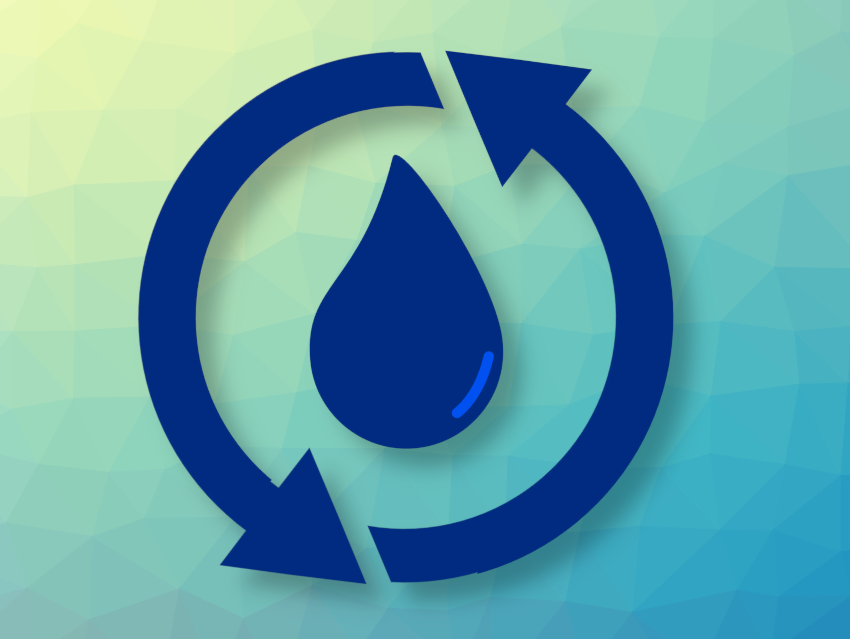Fresh water scarcity is a problem in many regions of the world. One approach to obtaining fresh water is absorption-based atmospheric water harvesting, using solar energy to release the water after capture. Hydrogels that are functionalized with a hygroscopic salt can efficiently absorb water, which can make them useful for water harvesting in dry environments.
Shuping Jia, Kashi University, China, Guihua Meng, Jianning Wu, Shihezi University, Xinjiang, China, and colleagues have developed a composite material for adsorptive atmospheric water harvesting, a gel modified with the highly hygroscopic salt LiCl. The gel, PAA-CMC-Na/DA-rGO@LiCl, is composed of acrylic acid (AA), sodium carboxymethyl cellulose (CMC-Na), and dopamine-reduced graphene oxide (DA-rGO).
The acrylic acid and the cellulose derivative form the hydrogel network and provide a high water uptake/swelling performance, while the modified graphene oxide helps to convert sunlight into heat for water release. The hygroscopic LiCl allows water capture even at low relative humidities. The team used dopamine as an environmentally friendly reducing agent for graphene oxide nanosheets, which also helps to disperse them in the gel.
The team found that the developed gel shows a high water adsorption performance over a wide range of 30–90 % relative humidity. The conversion of sunlight the heat and the water release were also efficient: Under simulated sunlight, the gel reached a surface temperature of about 70 °C in an hour, and ca. 79 % of the adsorbed water was released. The gel was reused for 10 adsorption–desorption cycles, demonstrating its durability.
- A Highly Hygroscopic LiCl-Modified Gel for Efficient Solar-Driven Atmospheric Water Harvesting,
Weixiong Dong, Tiantian Ren, Haiyan Tao, Shuping Jia, Guihua Meng, Jianning Wu,
ACS Appl. Polym. Mater. 2024.
https://doi.org/10.1021/acsapm.4c01161




